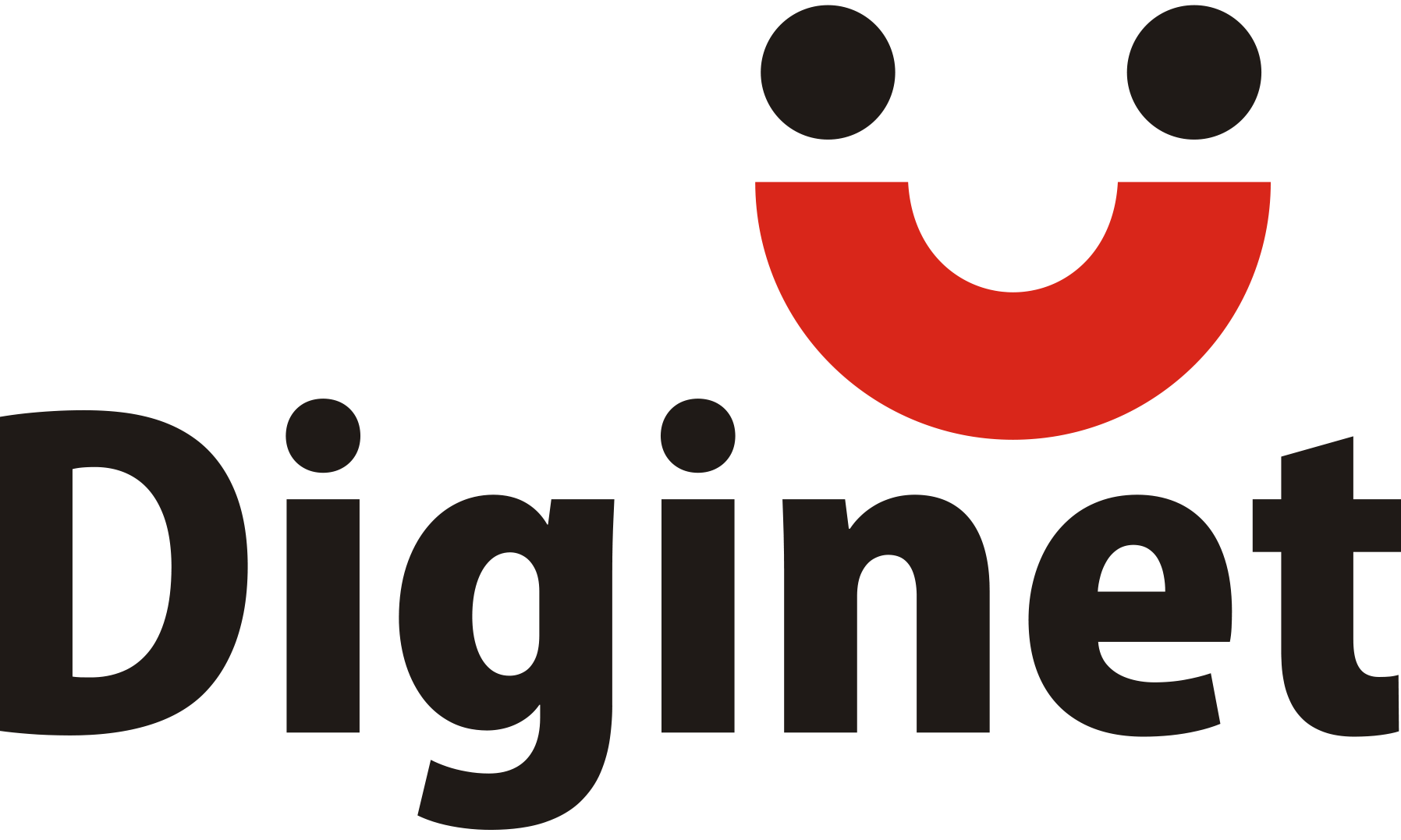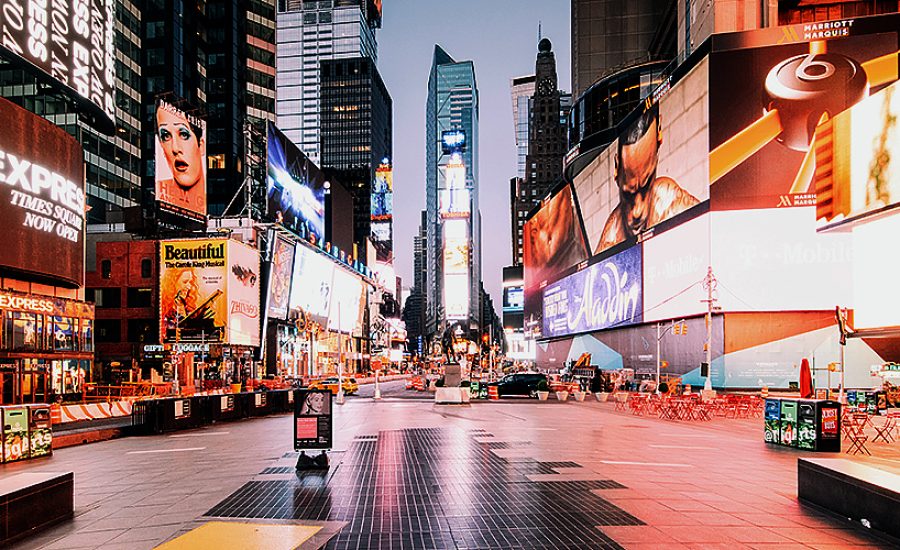
Out-of-Home Advertising: How to Maximize Your Reach
Out-of-home advertising (OOH) is a powerful marketing tool designed to connect with consumers when they are outside their homes. Whether it’s a massive billboard along a highway or an eye-catching digital screen in a busy mall, OOH advertising surrounds us, subtly shaping our purchasing decisions.
In this guide, we’ll dive deep into how businesses can maximize the reach of their OOH advertising campaigns. From understanding the basics to exploring creative strategies and integrating technology, this comprehensive blog will help you leverage the full potential of OOH advertising.
What is Out-of-Home Advertising?
Out-of-home advertising refers to visual advertisements displayed in public spaces where people spend time. These ads are strategically placed to reach a wide audience on the go. Examples include:
- Traditional billboards
- Posters
- Transit ads (on buses, trains, or subways)
- Street furniture ads (benches, kiosks, shelters)
- Digital out-of-home (DOOH) screens
OOH advertising thrives on its ability to attract attention in high-traffic areas, creating memorable impressions that linger with the audience. Unlike digital ads that compete for attention on crowded screens, OOH offers an uninterrupted visual experience, making it an essential component of any marketing strategy.
The Importance of Out-of-Home Advertising in Marketing
- Reaching Audiences in Their Daily Lives – Unlike digital ads that target users in the online space, OOH advertising connects with people as they go about their daily routines. High-traffic areas like busy streets, malls, and transit hubs ensure exposure to large audiences.
- Building Brand Awareness -OOH advertising is ideal for brand awareness campaigns due to its visibility and repeated exposure. A commuter passing the same billboard daily is likely to remember the brand, creating lasting recall.
- Bridging Online and Offline Worlds – With advancements like QR codes and geotargeting, OOH ads can drive offline audiences to online platforms, seamlessly integrating physical and digital marketing campaigns.
- Enhancing Multichannel Campaigns – OOH complements other advertising channels by adding a physical, real-world touch. It reinforces online messaging, amplifying the impact of integrated campaigns.
Types of OOH Advertising Formats
Understanding the different formats of OOH advertising helps you choose the best option for your campaign.
1. Billboards
Large, static advertisements placed in high-traffic areas like highways or city centers.
Why Use Them:
- Huge visibility due to size and strategic placement
- Excellent for brand-building campaigns
- Provides continuous exposure to commuters
Trending Fact: 3D billboard ads are gaining popularity. With lifelike visuals, they create unforgettable experiences.
2. Transit Ads
Ads displayed on buses, trains, taxis, or within transit stations.
Why Use Them
- Captive audience during commutes
Effective in urban areas with high reliance on public transportation
Pro Tip: Transit ads are highly customizable. For instance, train interiors can showcase immersive brand storytelling.
3. Digital Out-of-Home (DOOH)
Interactive and dynamic advertisements displayed on digital screens in public areas like malls, airports, or streets.
Why Use Them
- Engages audiences with animations, videos, and real-time updates
- Enables precise targeting using location-based data
Trending Fact: Global spending on DOOH is projected to grow by over 10% annually as advertisers prioritize flexibility and engagement.
Strategies for Maximizing OOH Advertising Reach
Selecting Prime Locations
The right location can make or break your OOH campaign. Consider:
High Foot Traffic Areas:
Airports, malls, and busy intersections.
Audience Hotspots:
Match ad locations to your target demographic. For example, advertise trendy sneakers near college campuses.
Commuter Routes:
Billboards along highways or transit hubs ensure exposure to daily commuters.
Crafting Compelling Designs
Your design should stand out and deliver a clear message.
- Keep It Simple: Use bold fonts, minimal text, and strong visuals to make your ad readable in seconds.
- Leverage Color: Vibrant colors grab attention and evoke emotions.
- Use High-Quality Imagery: Ensure images align with your message and resonate with the audience.
Trending Tip: Incorporate localized elements like city landmarks to build relatability and connection.
Embracing Technology
OOH advertising has evolved with advancements in technology.
Dynamic Content –
Use digital screens to display time-sensitive offers or weather-based ads. For instance, a coffee ad on a rainy day can boost sales.
Interactive Features –
- Add QR codes that link to websites, discounts, or product demos.
- Incorporate augmented reality (AR) to create memorable interactions.
Programmatic DOOH –
- This automated approach uses data to target audiences with personalized ads in real time. It ensures precision and efficiency.
Integrating OOH with Digital Campaigns –
Combining OOH with online platforms enhances your campaign’s effectiveness.
Mobile Retargeting
Use geotargeting to send digital ads to people who pass your OOH displays. This reinforces the message across multiple channels.
Social Media Amplification
Encourage people to share photos with your OOH ads by using hashtags or running contests. This creates organic buzz.
Example: Coca-Cola’s “Share a Coke” campaign successfully combined personalized billboards with social media engagement.
Measuring OOH Advertising Success
Tracking the performance of your Out-of-Home (OOH) advertising campaigns is critical for understanding their effectiveness and optimizing future efforts. Here’s a closer look at the key methods:
1. Foot Traffic Analysis
Foot traffic analysis evaluates the number of people or vehicles that pass by your OOH advertisement. This data provides insights into the potential reach of your campaign.
How to Measure Foot Traffic:
- Manual Counting: Employ on-ground personnel to count the number of passersby during peak and off-peak hours.
- AI Cameras and Sensors: Use technology like motion sensors or AI-enabled cameras to track movement patterns and headcounts in real-time.
- Location-Based Analytics: Companies like Placer.ai and GeoPath offer tools that use mobile location data to analyze the number of people in a specific area.
Why It Matters:
Knowing how many people see your ad helps estimate its overall exposure. For instance, placing a billboard near a busy intersection or shopping center could generate thousands of daily impressions.
2. Digital Interaction Metrics
Digital interaction metrics bridge the gap between offline OOH advertisements and online engagement. They provide a clear view of how audiences respond to call-to-action prompts included in your ads.
Common Metrics to Track:
- QR Code Scans: Add a QR code on your billboard that directs users to a landing page or app. Measure how many people scanned the code to evaluate engagement.
- Website Visits: If your ad includes a URL, monitor the increase in traffic to your site during the campaign period.
- App Downloads: Promoting an app? Analyze the number of downloads traced back to the OOH campaign.
- Social Media Interactions: Include hashtags or social handles on your ad and track mentions, likes, and shares.
Tools to Use:
- Google Analytics: Set up campaign-specific tracking URLs (UTMs) to attribute website traffic.
- QR Code Generators with Analytics: Platforms like Bitly or QR Tiger let you monitor how many people scanned your codes.
- Custom Landing Pages: Create a unique landing page tied to the OOH ad for better tracking.
Why It Matters:
Digital metrics offer tangible proof of your ad’s ability to drive action. For example, a billboard encouraging customers to visit your online store could show an increase in sales during the campaign period.
3. Surveys and Feedback
Surveys are a direct way to gauge how well your OOH advertising resonated with the target audience. They capture qualitative insights that data analytics might miss, such as emotional responses or specific memories tied to the ad.
Types of Surveys to Conduct:
- Customer Surveys: Include questions like: “Have you seen our recent advertisement?”
“What message or product do you associate with our brand?” - Intercept Surveys: Conduct quick interviews in areas near your ad to capture immediate reactions. For example, ask shoppers at a mall entrance if they noticed your digital signage.
- Post-Purchase Surveys: If the OOH ad promotes a specific product, ask recent customers where they heard about it.
How to Distribute Surveys:
- Online Platforms: Share surveys via email, social media, or through website pop-ups. Tools like Google Forms, Typeform, or SurveyMonkey are ideal for this.
- In-Person Surveys: Engage people near the ad placement to gather real-time responses.
- Reward-Based Surveys: Offer incentives like discounts, gift cards, or freebies to encourage participation.
Key Insights You Can Gather:
- Recall Rate: How many people remember seeing the ad?
- Message Clarity: Did viewers understand the intended message?
- Impact: Did the ad influence their purchase decision or behavior?
Why It Matters:
- Surveys provide rich qualitative data that helps assess the emotional and psychological impact of your campaign. They also reveal how well your message aligns with audience expectations.
- Trending Insight: Tools like heat mapping and geotagging are transforming how advertisers measure OOH campaign effectiveness.
Legal and Ethical Considerations
- Follow Local Regulations – Different areas have unique rules regarding ad placement and size. Ensure your campaigns comply to avoid penalties.
- Respect Cultural Sensitivities – Avoid offensive or inappropriate content. Responsible advertising fosters trust and enhances brand reputation.
The Future of Out-of-Home Advertising
As technology and consumer behavior evolve, OOH advertising is becoming even more dynamic.
Trends to Watch:
- AI-Driven Insights: Predict audience preferences for more effective targeting.
- Sustainability: Advertisers are moving towards eco-friendly materials and solar-powered billboards.
- Immersive Experiences: Augmented reality (AR) and virtual reality (VR) are elevating how audiences interact with OOH ads.
- OOH advertising is no longer just about visibility. It’s about creating meaningful connections with audiences in the real world.
Conclusion: Why OOH is Vital for Modern Marketing
Out-of-home advertising remains a cornerstone of effective marketing strategies. Its ability to engage audiences in high-traffic spaces, combined with technological advancements, makes it an irreplaceable medium. By leveraging the tips and strategies in this guide, businesses can maximize their reach and leave lasting impressions on their target audience.
Start crafting your next OOH campaign today and watch your brand shine in the real world
Recent Topics
-
 District App’s High-Impact DOOH Campaign by Diginet Media at DLF Noida
District App’s High-Impact DOOH Campaign by Diginet Media at DLF Noida -
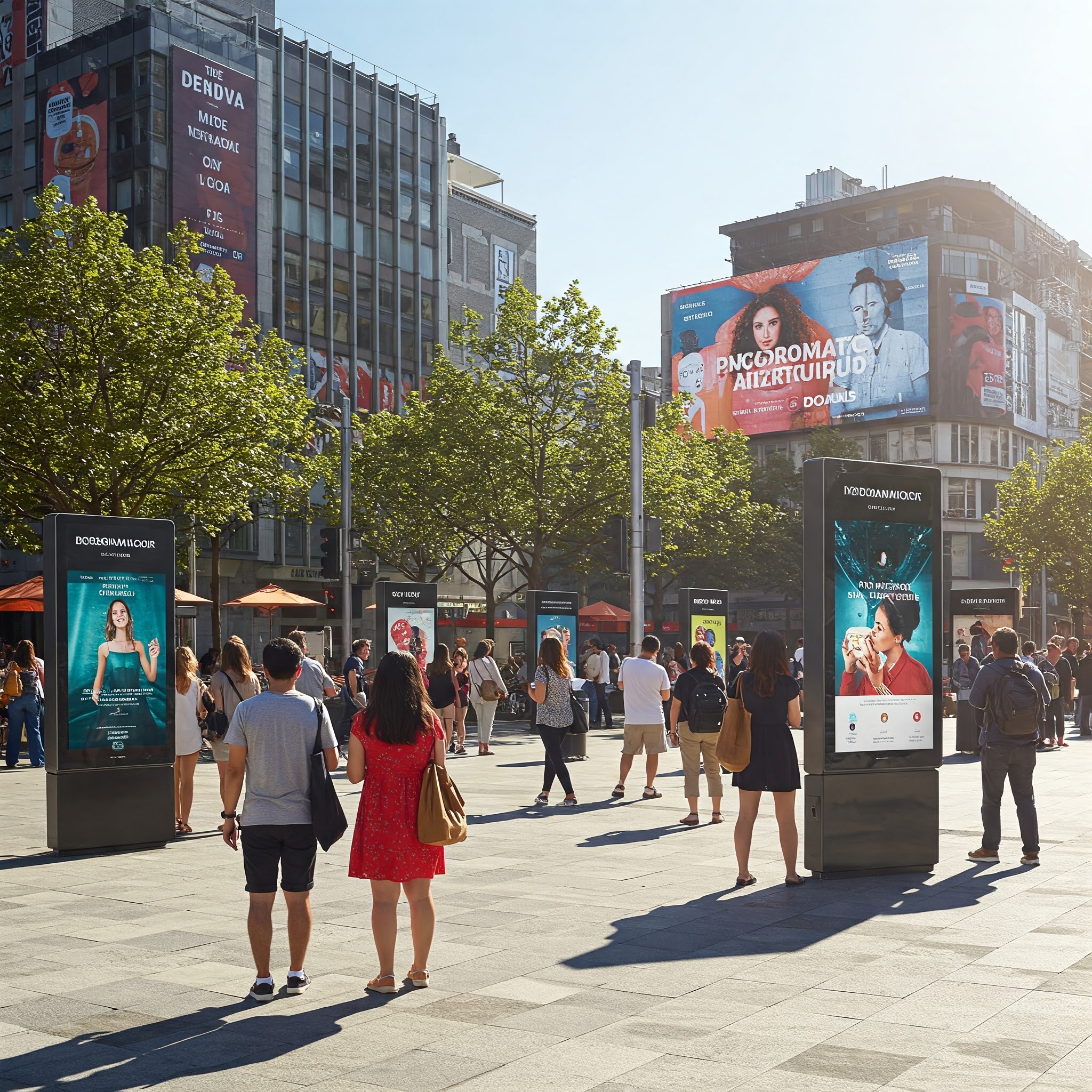 How Brands Win the Attention War with Programmatic Advertising & DOOH Media
How Brands Win the Attention War with Programmatic Advertising & DOOH Media -
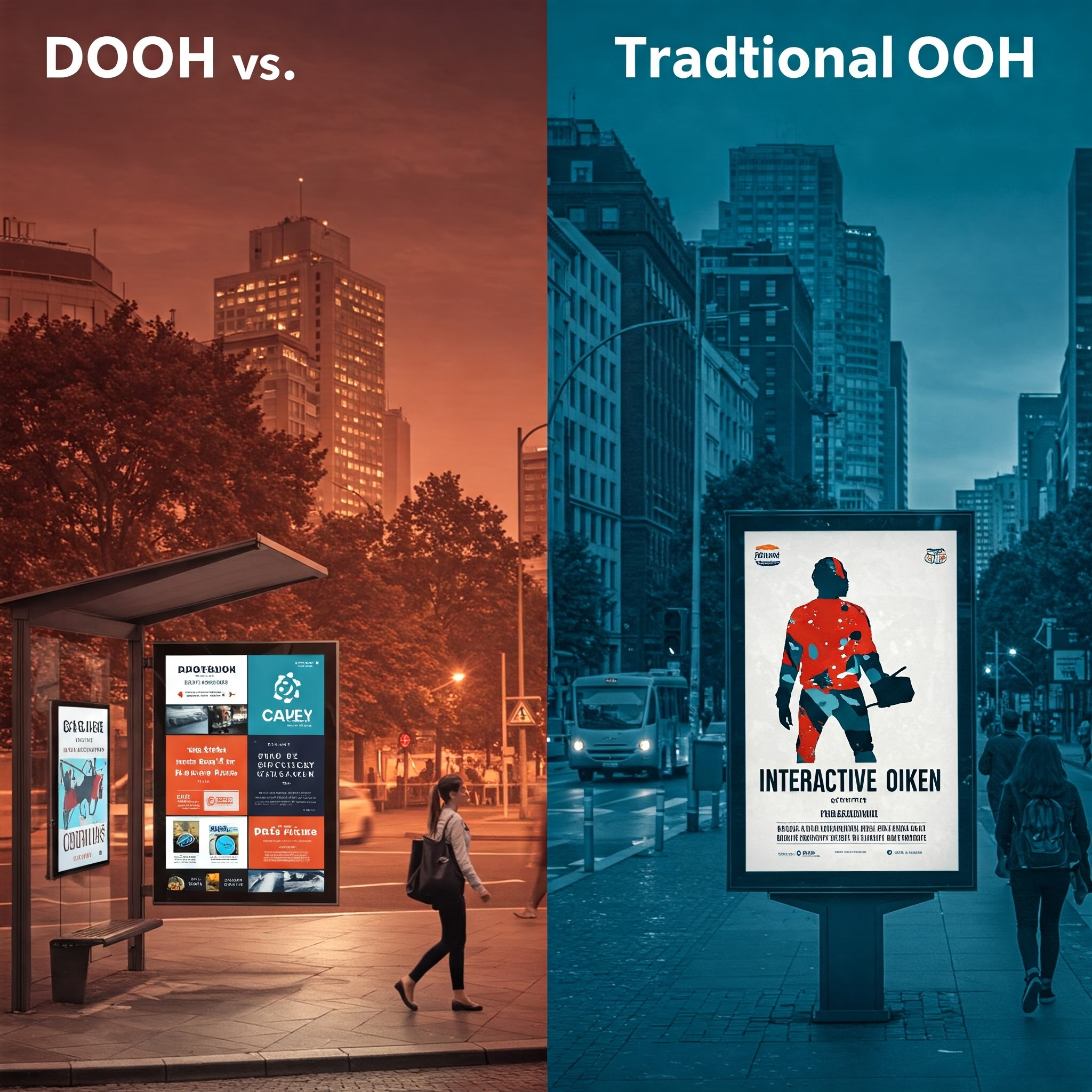 DOOH vs. Traditional OOH: Why Digital is the Future of Outdoor Advertising
DOOH vs. Traditional OOH: Why Digital is the Future of Outdoor Advertising -
 Sky Force Movie DOOH Campaign at DLF Mall
Sky Force Movie DOOH Campaign at DLF Mall -
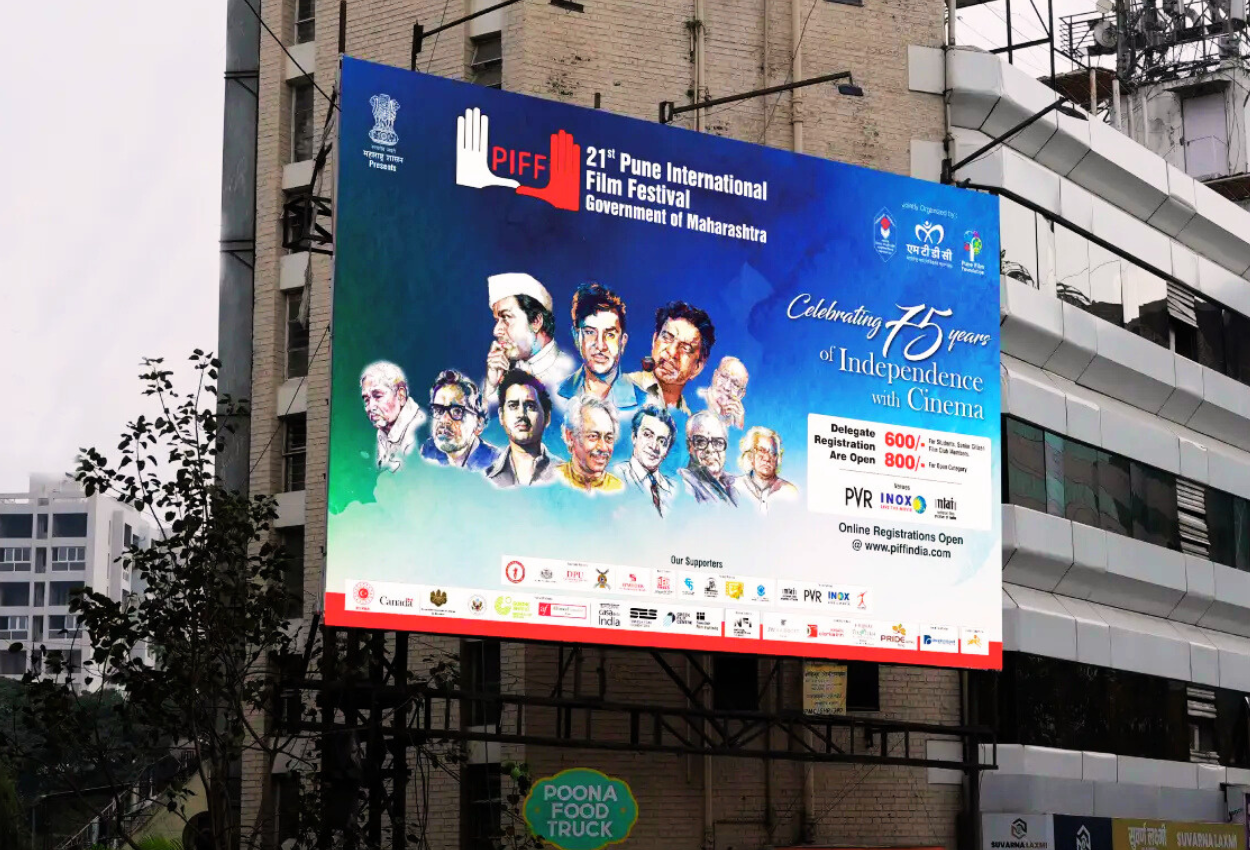 How to Choose the Right Outdoor Media Agency: A Complete Guide
How to Choose the Right Outdoor Media Agency: A Complete Guide -
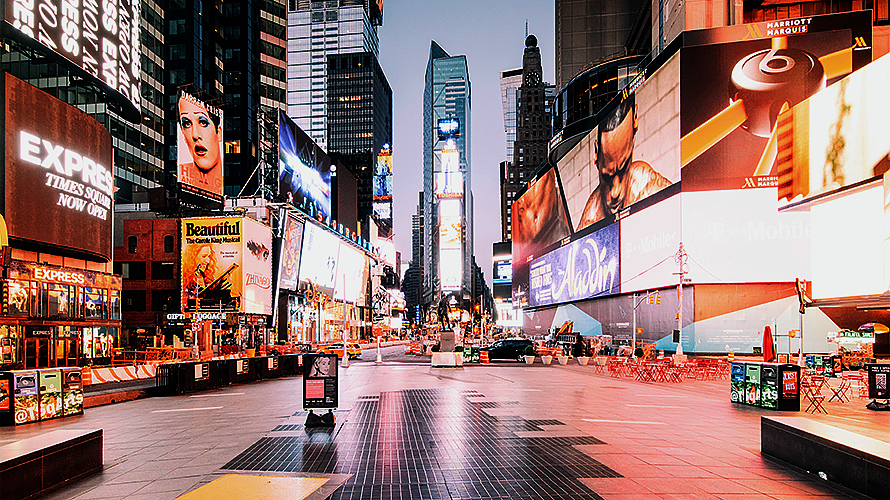 Out-of-home advertising (OOH) - How to Maximize Your Reach
Out-of-home advertising (OOH) - How to Maximize Your Reach -
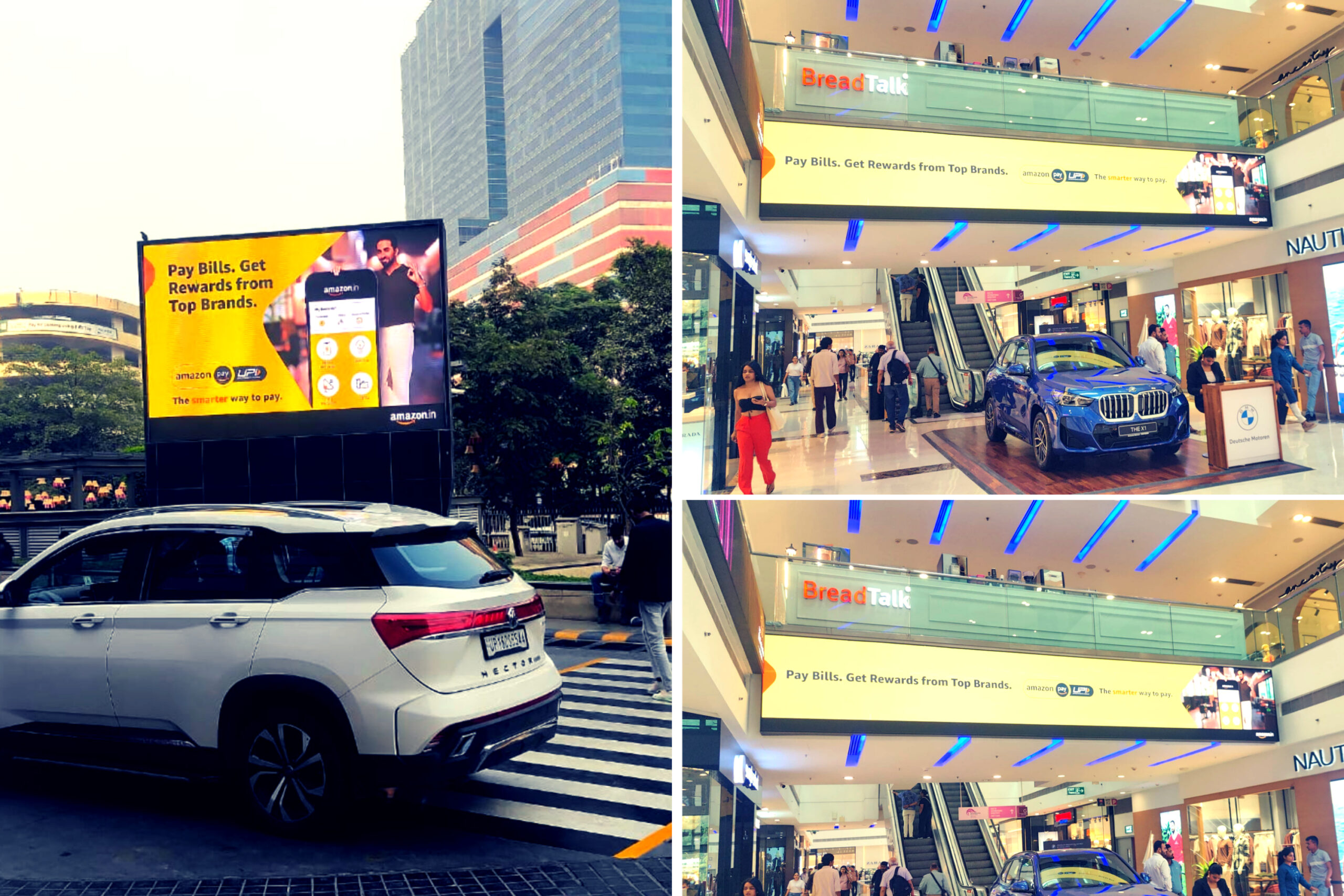 Amazon Pay's Digital Ad Campaign DLF Mall
Amazon Pay's Digital Ad Campaign DLF Mall -
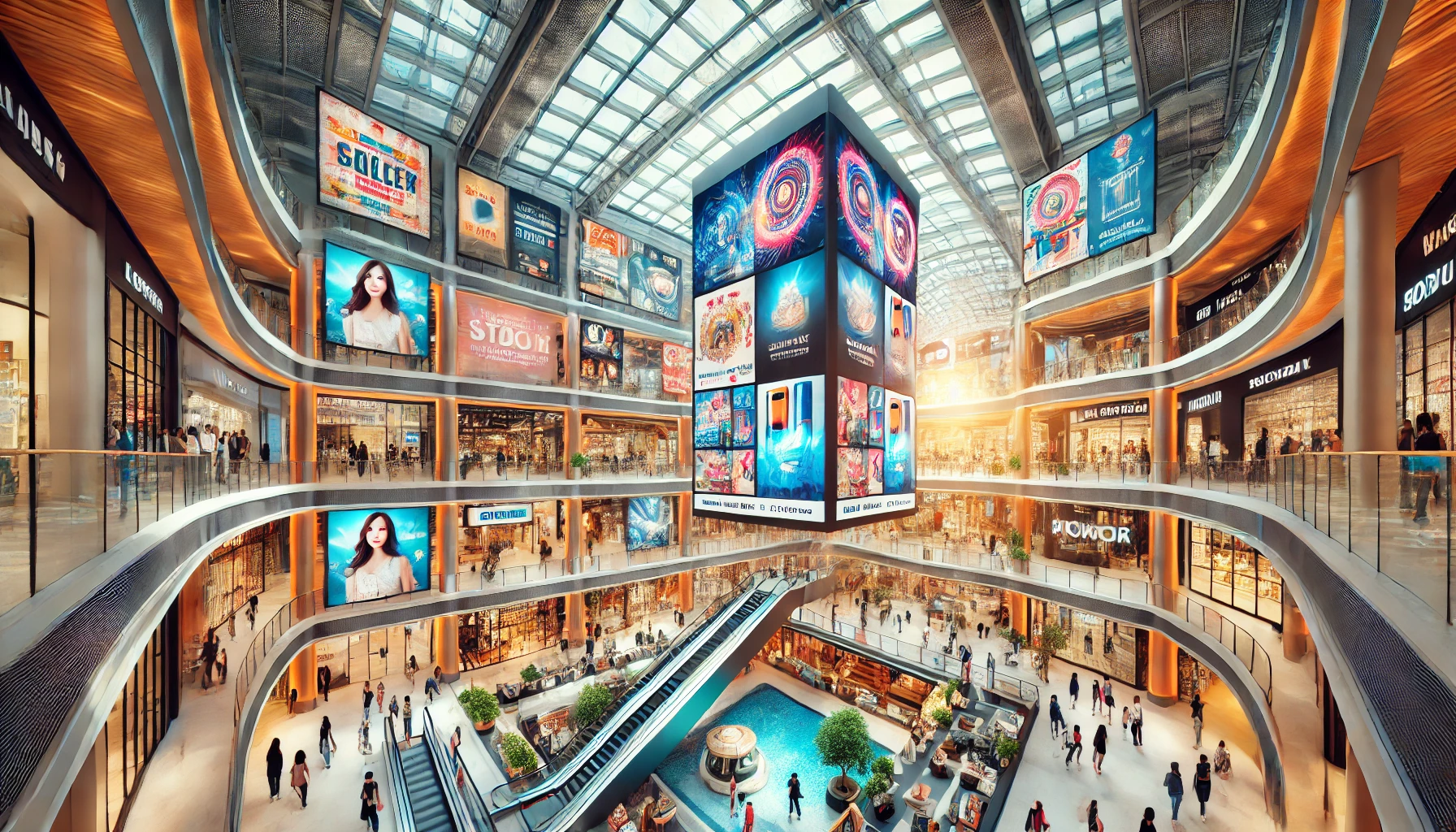 Mall Advertising in Noida: What You Need to Know
Mall Advertising in Noida: What You Need to Know
